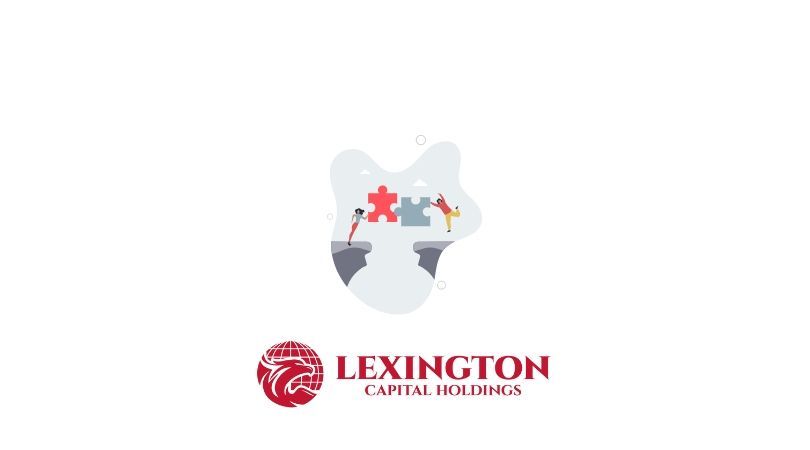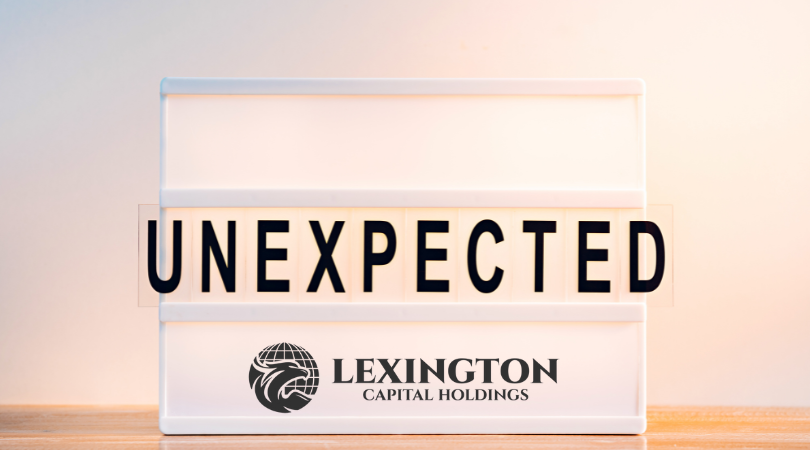Building a Legacy: Sidney J. Weinberg’s Climb from Janitor to CEO
Building a Legacy: Sidney J. Weinberg’s Climb from Janitor to CEO
In the annals of Wall Street, few stories are as remarkable and inspiring as that of Sidney J. Weinberg, the janitor who rose to become the CEO of Goldman Sachs. His extraordinary journey from humble beginnings to the pinnacle of the financial world is a testament to the power of hard work, determination, and unyielding ambition.
Humble Beginnings
Sidney J. Weinberg was born in 1891 in Brooklyn, New York, to a working-class family. Growing up in a modest environment, he learned the value of hard work from an early age. After dropping out of school at the age of 15, Sidney took on various odd jobs to help support his family. One of these jobs was as a janitor’s assistant at Goldman Sachs, where he was initially hired to sweep floors and run errands.
Entering the World of Finance
While performing his janitorial duties, Sidney was fascinated by the bustling activities of the firm's traders and bankers. His curiosity and eagerness to learn did not go unnoticed. One day, he boldly asked one of the partners, Paul Sachs, for a more challenging position. Impressed by Sidney’s initiative, Sachs took him under his wing, providing mentorship and opportunities to learn about the financial industry.
Sidney’s break came when he was given a clerical job. He seized this opportunity with both hands, demonstrating an incredible work ethic and a keen aptitude for the complexities of finance. He quickly moved up the ranks, taking on more significant responsibilities and proving his worth to the company.
Climbing the Corporate Ladder
Sidney's rise within Goldman Sachs was swift and impressive. He transitioned from clerical work to more analytical roles, eventually becoming a partner in 1927. His deep understanding of the business, combined with his knack for spotting opportunities, made him an invaluable asset to the firm. Sidney was known for his ability to build strong relationships with clients, which helped Goldman Sachs secure significant deals and expand its influence.
Overcoming Challenges
Sidney's journey was not without its challenges. The financial industry is notoriously competitive and demanding, but his resilience and determination saw him through. During the Great Depression, Sidney’s leadership and strategic thinking helped Goldman Sachs navigate the turbulent economic landscape. He played a crucial role in stabilizing the firm and positioning it for future growth.
His leadership style was marked by a focus on collaboration, integrity, and a relentless pursuit of excellence. These qualities endeared him to colleagues and clients alike, solidifying his reputation as a trusted and visionary leader.
Achieving the Pinnacle
In 1930, Sidney J. Weinberg was appointed as the CEO of Goldman Sachs. Under his stewardship, the firm experienced unprecedented growth and success. He was instrumental in transforming Goldman Sachs into one of the leading investment banks in the world. His innovative approach to investment banking, coupled with his commitment to client service, set new standards in the industry.
Sidney’s tenure as CEO lasted for over three decades, during which he guided the firm through numerous economic cycles, ensuring its stability and profitability. His contributions to the financial industry earned him widespread recognition and respect.
Legacy and Impact
Sidney J. Weinberg’s legacy extends far beyond his professional achievements. He was a mentor to many and a staunch advocate for creating opportunities for those from diverse backgrounds. His story is a powerful reminder that with determination, hard work, and the right support, even the most extraordinary dreams can become a reality.
Sidney’s journey from janitor to CEO continues to inspire countless individuals, demonstrating that no obstacle is insurmountable and that success is attainable for those who are willing to work tirelessly to achieve their goals.
In conclusion, Sidney J. Weinberg's rise from janitor to CEO at Goldman Sachs is a story of perseverance, resilience, and the transformative power of hard work. It serves as an enduring inspiration, showcasing the heights that can be reached through dedication and ambition.

When you apply for business funding, your application goes through a critical stage—underwriting. This is where lenders evaluate risk and determine whether your business qualifies for financing, and under what terms. Understanding what underwriters look for can help you strengthen your application, avoid delays, and increase your approval odds.

Not every business enjoys a steady stream of income. For many companies—especially those in seasonal industries, contracting, or project-based work—revenue can shift dramatically from month to month. These ups and downs are normal, but they can make managing cash flow, payroll, and operating expenses challenging. At Lexington Capital Holdings, we understand that fluctuating revenue doesn’t mean instability—it just means you need the right financial tools to stay balanced and grow confidently.

The Challenge of Hyper-Growth For many startups, growth isn’t the problem—it’s managing it. Rapid scaling demands capital for hiring, marketing, technology, and operations. But too often, founders find themselves cash-strapped right when they need resources the most. Choosing the right financing strategy can be the difference between sustainable growth and burning out too soon.

When it comes to business financing, the terms you secure are just as important as the funding itself. Lower interest rates, flexible repayment schedules, and higher approval amounts can mean the difference between simply surviving and setting your business up to thrive. The good news? Business owners often have more negotiating power than they realize. At Lexington Capital Holdings, we’ve seen firsthand how preparation and strategy can help secure stronger terms. Here’s how you can do the same:

For many businesses, waiting on customer payments can feel like standing still when you’re ready to move forward. Delayed invoices, extended payment terms, or slow collections create cash flow gaps that make it harder to cover expenses, pay employees, or seize new opportunities. The truth is—even successful, profitable companies face this challenge. The key isn’t avoiding it, but managing it strategically with the right funding solutions

Securing business funding is a milestone—but the real impact comes from how you put that capital to work. Every dollar borrowed should fuel momentum, strengthen operations, and generate measurable returns. Unfortunately, too many businesses stop at “getting approved” and miss the chance to maximize their return on investment (ROI). At Lexington Capital Holdings, we believe funding isn’t just about access to capital—it’s about creating opportunity. Here’s how to ensure your financing delivers the highest ROI:

In today’s fast-paced business environment, standing out from the competition requires more than just great products and services—it takes strategy, timing, and smart financial decisions. One of the most overlooked tools in building and maintaining a competitive advantage is business financing. When leveraged correctly, financing doesn’t just help you “get by”; it can actually position your business to outpace competitors and capture new opportunities.

In business, surprises aren’t a matter of if—they’re a matter of when. Whether it’s a sudden equipment breakdown, an unexpected dip in sales, or a market shift that requires quick adaptation, unforeseen expenses can test even the most successful companies. The difference between thriving and struggling often comes down to how well you’ve prepared.

When most business owners hear the word debt, it sparks feelings of stress or risk. But here’s the truth—debt isn’t always a bad thing. In fact, when managed strategically, debt can become one of the most powerful tools to grow, stabilize, and scale your business. At Lexington Capital Holdings, we work with business owners every day who are navigating this very question: Is taking on debt the right move for me? Let’s break down the difference between “good” and “bad” debt so you can make informed financial decisions.

In today’s business world, financing options are everywhere—but choosing the right path can feel overwhelming. From traditional bank loans to alternative lending solutions, the fine print and fast-changing requirements often leave business owners spending more time deciphering funding terms than actually running their businesses. That’s where the value of a dedicated funding advisor truly shines. At Lexington Capital Holdings, we’ve seen firsthand how personalized guidance can transform the funding experience for business owners of all sizes.

